MIXING
Slurry mixing is to add active substances, conductive carbon black, dispersants, binders, additives and other components into the mixing equipment in a certain proportion and order, and mix them together under the mechanical action of tumbling, kneading, shearing, etc. to form a uniform and stable solid-liquid suspension system suitable for coating.

Goal: To achieve uniformity and consistency at the macro and micro levels.
In the stirring process, the slurry is a solid-liquid suspension system. Stirring makes the slurry uniform and stable, and suitable for coating. Therefore, there are three key indicators for the stirred slurry: wetting, dispersion, and stability.
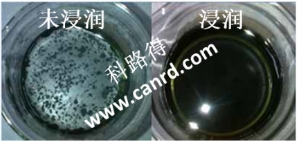 Good wetting can reduce the difficulty of dispersion and improve stirring efficiency.
Good wetting can reduce the difficulty of dispersion and improve stirring efficiency.
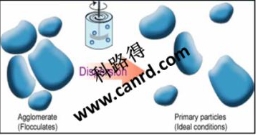
Mechanical agitation and dispersion Mechanical agitation and dispersion refers to the use of strong mechanical agitation to cause strong turbulent motion of the liquid flow to cause the particles to aggregate, break up and suspend.

The steric effect of the dispersant adsorbed on the surface of the particles creates a strong steric repulsion between the particles.
The cathode and anode slurries are made of high molecular materials (PVDF/CMC) to provide steric repulsion to keep the particles stably suspended.
The material ratio of the slurry is 96:2:2, not the 8:1:1 commonly used by students. Everyone knows that in order to increase the energy density, the amount of active substances should be increased as much as possible, and the amount of conductive carbon and adhesive should be reduced. Generally speaking, the first step is to prepare the glue solution, that is, to dissolve PVDF in NMP. This step is very important. If it is not dissolved well, the viscosity of the slurry will be affected, and the undissolved PVDF will also exist in the form of particles in the subsequent coating process, resulting in an uneven and granular appearance of the coating. Next, the conductive carbon will be dispersed. SP and CNT are commonly used in commercialization. SP is taken as an example here. SP needs to be stirred separately for two hours, because the specific surface area of general conductive carbon is large BET, and it is relatively difficult to disperse. Therefore, it is necessary to disperse it separately at high speed to ensure that there is no obvious agglomeration. Then the active material is added. In fact, the active material is relatively easy to disperse. After the dispersion is completed, the viscosity of the entire slurry must be controlled in an appropriate range. Too high or too low viscosity is not good for coating. If the viscosity is high, it will be considered to increase the content of NMP to reduce the viscosity. "Dr. Kruder also pointed out that when stirring, the material must be well wetted, which can reduce the difficulty of material dispersion and improve stirring efficiency. If the material is not well wetted, it can generally be solved by adding polymers such as PVDF, CMC, or adding some surfactants if it is difficult to wet.
Mixing equipment
Magnetic stirring Simple dispersion plate Planetary stirring
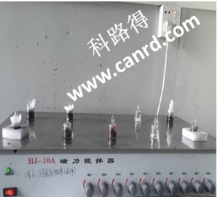
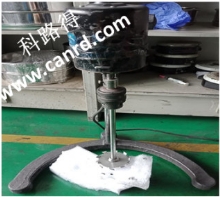

At present, colleges and universities mainly use magnetic stirring and ultrasonic dispersion. Advantages: small amount; Problems: poor dispersion effect. Commercial stirring is mainly based on planetary stirring, which has good dispersion effect and large amount.
Here are some general stirring equipment. Colleges and universities mainly use magnetic dispersion and ultrasonic dispersion. Small homogenizers are very useful. Of course, there are also mortars and pestles, which are processed by hand, but this is difficult to control. It is okay to learn small batches, but it is difficult to disperse large quantities. At present, planetary stirring is used in industry, and the stirring volume ranges from 1L to 600L. "Dr. Klud mentioned that the planetary stirring device includes revolution and rotation. The revolution is responsible for mixing a large range of slurries, and the rotation is what is often called a dispersion disk, which is used to effectively disperse particles. Secondly, there is a circulating cooling water device in this mixing tank, which can control the viscosity of the slurry regardless of winter or summer. Finally, there is a vacuum device, because the high-speed dispersion and stirring process will introduce gas. If there is no vacuum, bubbles will emerge when the slurry is coated, and the coating effect will have holes.
Mixing method
The stirring methods used in colleges and universities include grinding, ultrasonic and magnetic stirring. However, ball milling has a fatal problem: it will grind the particles of active substances into smaller particles. The particle size of active substances has a great influence on the performance of the material itself (especially the first effect), so technically, the particles are not expected to be too small. Dr. Krud suggested that colleges and universities can use magnetic stirring. There are also the following points to note for magnetic stirring:
1. The size of the magnet and the container should match well
2. The order of stirring should be strictly controlled
3. It should be sealed, the stirring speed should be controlled, and the wall should be scraped at intervals.
Mixing process
Today we are mainly talking about the positive electrode, so Dr. Kruder takes the ternary materials commonly used in power batteries as an example.
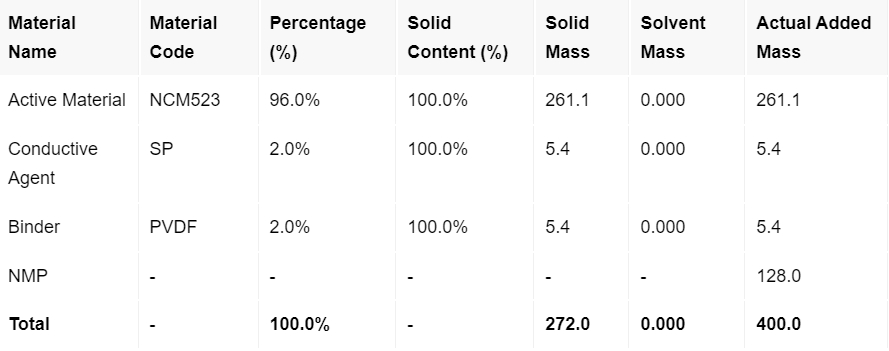
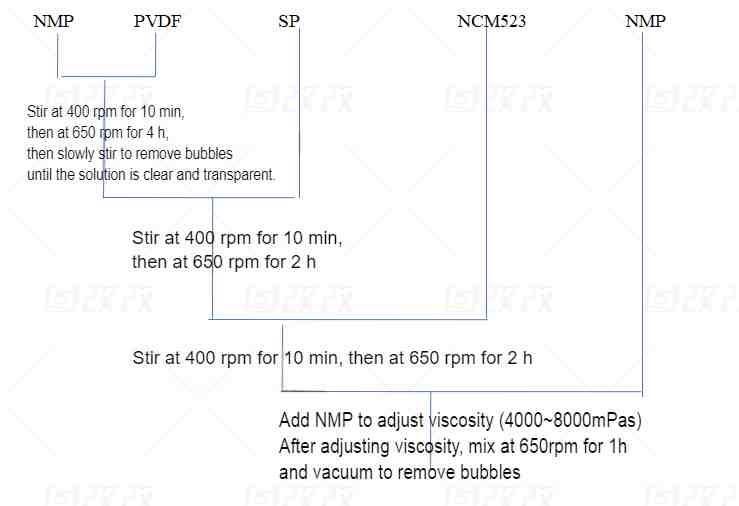
The left picture shows the general stirring process (revolution speed ~20rpm)
PVDF glue preparation

"After the PVDF glue is prepared, SP is added. After dispersion, active materials are added. After the slurry is prepared, the viscosity is adjusted and controlled within a certain range. At the same time, vacuum is drawn to remove bubbles. The next step is screening, which is to remove any dry materials or occasional particles that may exist to prevent appearance problems during the coating process. Basically, the above is the entire positive electrode stirring process." Here, Dr. Klude also gave everyone a summary: "In fact, the content of tonight's explanation mainly includes three points: 1. Formula: The proportion of active substances in our industrial electrode slurry formula is much higher (96%), while the laboratory often uses 8:1:1 (active substance ratio 80%)) 2. Stirring method: Do not use too high energy (such as ball milling, strong ultrasound, etc.) equipment for dispersion, which will destroy the structure of the material and have side effects on the electrochemical properties of the material; 3. The order of adding materials also needs to be strictly controlled: Generally speaking, the more difficult it is to disperse the material, the earlier it needs to be added for dispersion. "Dr. Kluder also gave everyone valuable advice: "For many students, encountering various strange anomalies is sometimes often caused by other materials, such as conductive carbon, adhesives or NMP, etc. We have encountered a lot of them, which may not be the materials you make yourself, so everyone should pay attention to this. Buy commercially mature materials, such as Kluder's materials, which are of good quality and guaranteed, to avoid this unnecessary problem. "
Monitoring methods
Viscosity test Solid content test Scraper fineness gauge Slurry stability Diaphragm internal resistance test
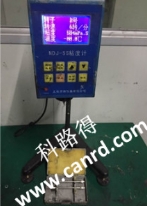

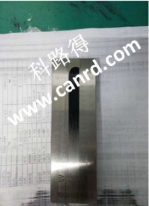
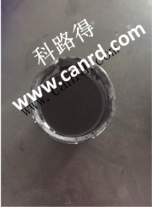

The above methods are usually used to monitor the slurry.
As shown in the figure above, commonly used slurry monitoring methods include viscosity test, solid content test, scraper fineness, slurry stability and diaphragm internal resistance. Slurry stability: Measure the viscosity change of the slurry at different time periods after discharge to judge the stability. Scraper fineness: It can detect whether there are large particles agglomerating in the slurry and judge the dispersion of the slurry. Diaphragm internal resistance: The diaphragm internal resistance is to apply the slurry on the PET film and then conduct an internal resistance test. This is a method to evaluate the stirring effect and slurry formula optimization. Solid content test: The solid content of the glue is closely related to the viscosity. For the same process and formula, the higher the solid content of the slurry, the greater the viscosity.

